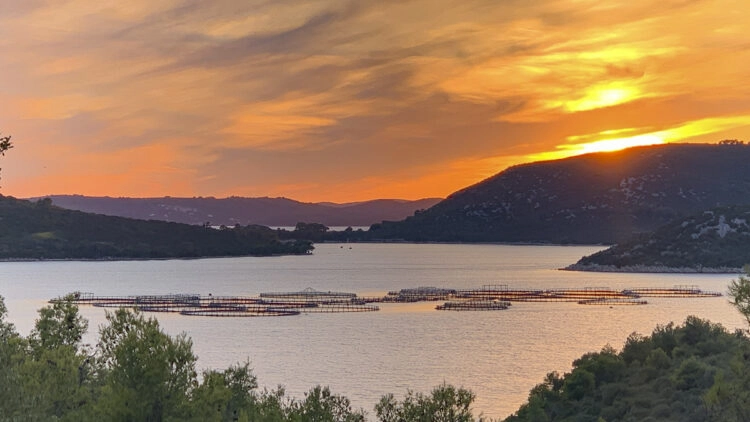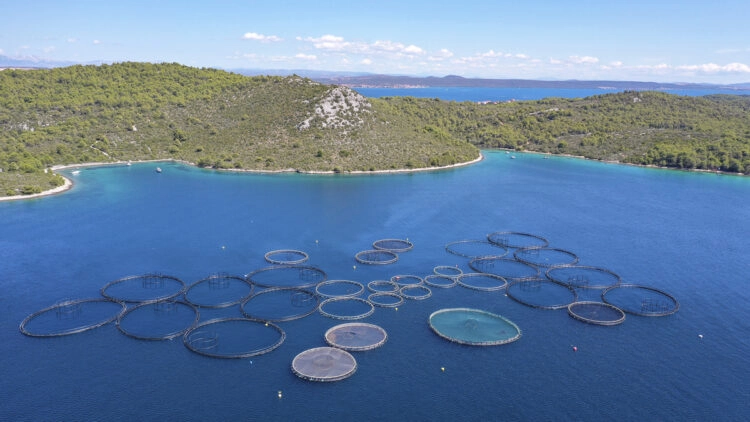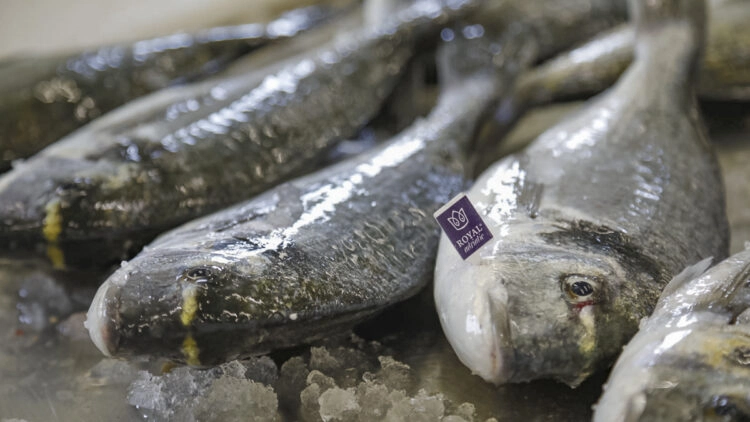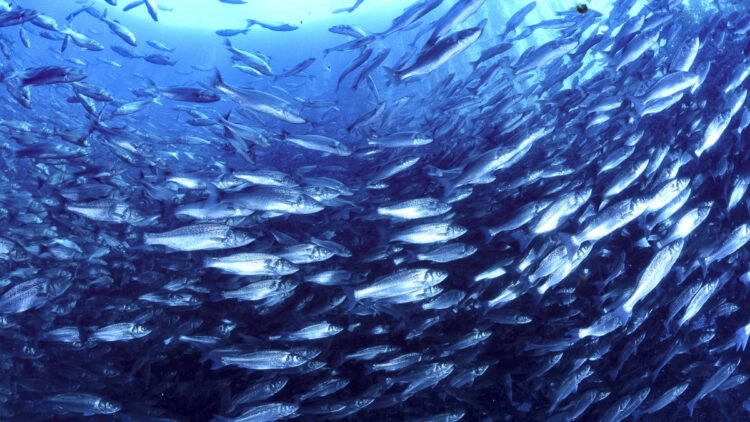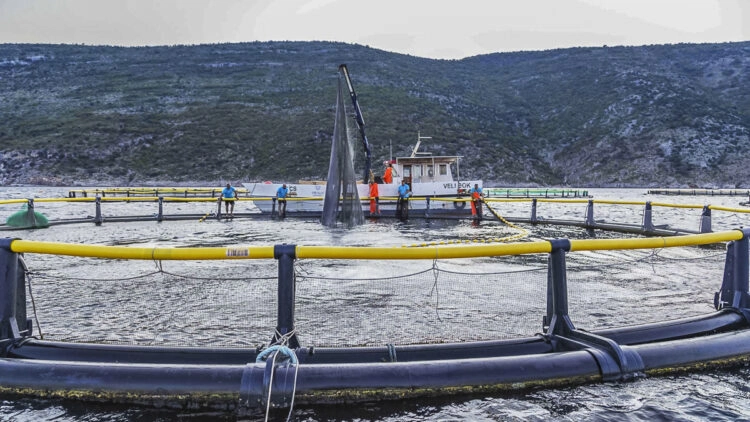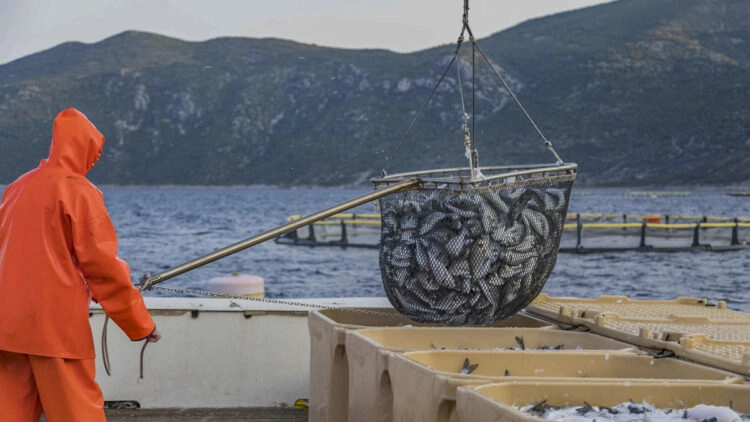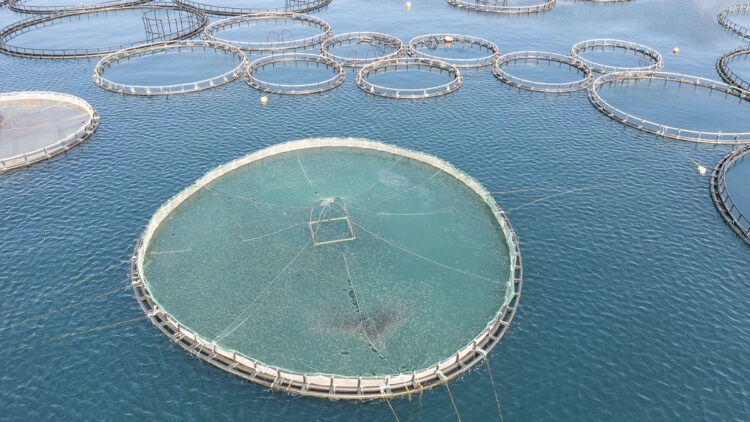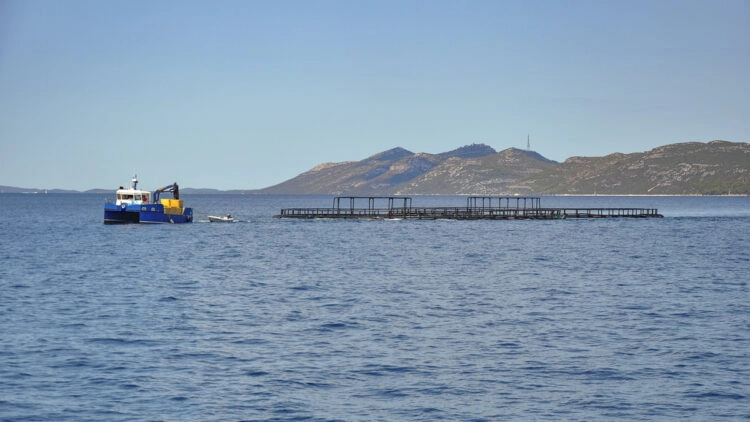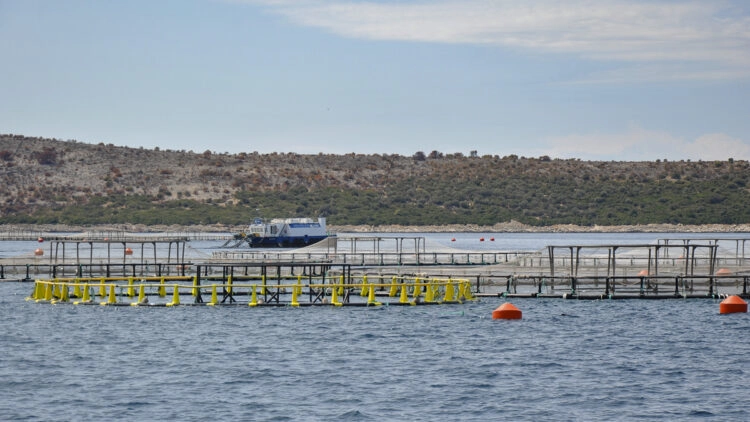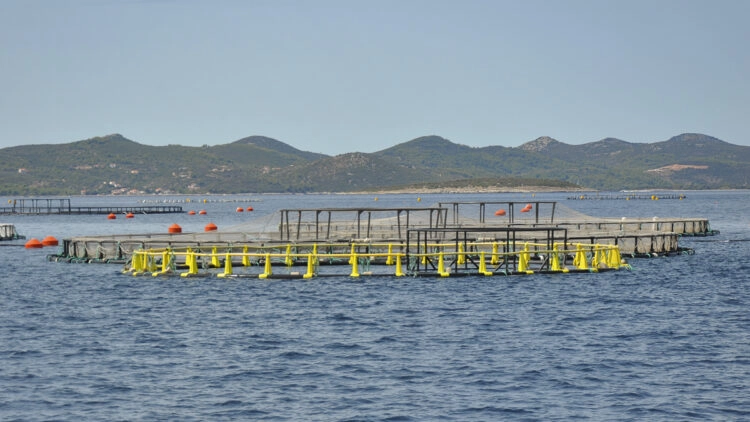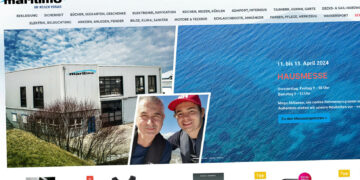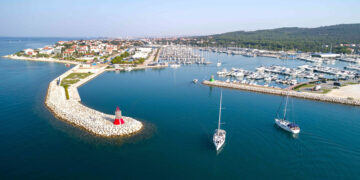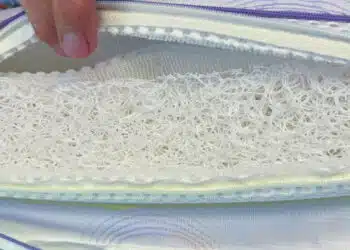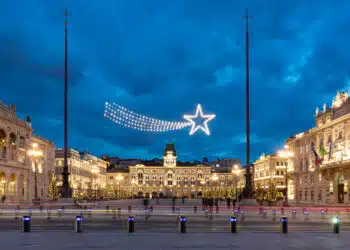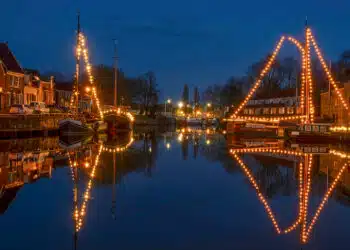Along the Mediterranean coasts are numerous circular large basins covered with nets. They are teeming with delicious edible fish. Dorado, sea bass, angler fish – a variety of delicacies can be easily farmed and sold directly to the numerous local restaurants and hotels. In the evening, grilled sea bream with Mediterranean vegetables is a tempting menu item. SeaHelp explains the path from the large cage at sea to the plate.
Anyone who takes a look behind the scenes of modern fish farming must first bid farewell to the romantic image of a small, brightly painted fishing boat leaving port accompanied by the rhythmic chugging of the diesel engine. Overfishing of the oceans and environmental damage have massively decimated wild fish stocks. Hardly any fisherman can earn a living with wild catch alone, nor can they meet the ever-increasing global hunger for fish.
Farmed fish instead of wild catch is therefore the motto, naturally in compliance with EU standards for water quality, animal health, environmental protection and food safety. A pleasant side effect for consumers: Farmed fish is significantly cheaper than wild catch. A sea bass wild catch costs three times as much as a farmed fish from a modern aquaculture!
Market share of fish from aquaculture is increasing
According to estimates, every second fish sold worldwide now comes from aquaculture, and the A label on the fish, the fish package in the refrigerated section or even the menu in the restaurant identifies it as a product from aquaculture. The main producer, with a market share of over 60 percent, is China.
Seawater aquaculture near the coast and offshore
For more than 30 years, edible fish have been farmed more and more in so-called aquacultures near the coast. Just as numerous freshwater fish, especially trout and carp, have been farmed in purpose-built ponds since the Middle Ages, numerous farms around the world have specialized in farming seawater fish and shrimp and other crustaceans, as well as mollusks and algae. In particular, gilthead sea bream, usually known as dorado, sea bass, salmon, halibut and tuna are farmed in seawater aquacultures worldwide.
Fish farms in the Adriatic
Even off the Croatian coasts, the large, round, tightly meshed tanks that allow water but no fish to pass through are now commonly seen. Dorado and sea bass in particular cavort in them. Thousands of them make their rounds here, always washed around by fresh seawater, and grow up. The professional breeding facilities are operated by various companies, the major operators in the Adriatic are Royal Adriatic and Cromaris, which is the largest fish farmer in Croatia, producing over 7,000 tons of fish annually.
For almost 30 years, the Royal Adriatic company, originally named Ribarstvo F, has been active in Croatian waters as an aquaculture operator. The first sea cages with the fish were installed off the island of Cres, in the Veli Bok bay, and now complex facilities with several parallel sea cages can be found in numerous places along the coast and also on the open sea. Cages used on the high seas, offshore, can be lowered up to 50 meters and are anchored to the seabed.
In these regions, farmed fish can benefit more from ocean currents and cooler temperatures, and the water is clear and clean. Company headquarters is still on the island of Cres, in addition to the sorting plant of the slaughtered fish, the storage and refrigeration facilities are also located here, further processing and logistics center to the customers from the hotel and restaurant industry and fish traders on the markets in the area.
Cromaris is headquartered in the Dalmatian port city of Zadar. In addition to sea fish, the company also farms mussels and Adriatic oysters. The company’s seven fish farms in the Adriatic are managed using a special SAP system, so that employees can obtain information at the touch of a button about what quantities of fish are in which cage and how big and heavy they are. For a glimpse – albeit quite promotional – of how a professional, modern fish farm works, check out this video from Cromaris.
Aquaculture farms produce mainly for HoReCa trades
The expansion of aquaculture farms and the steady increase of farmed yields are strongly supported by the EU. In Brussels, the expansion of commercial fish farming is seen as an opportunity to expand regional economies. EU representatives see potential for increase especially in the annual production of edible fish. Currently, well over 50 percent of the EU’s annual seafood consumption is imported and only about 10 percent comes from farms in the EU. There are already more than 80,000 people working in around 14,000 fish farms across Europe, and targeted financial support from the EU is intended to grow this segment further while ensuring that the fish farmed in Europe are high quality, healthy and produced sustainably.
Life begins in a nursery
But the life of the fish does not begin at sea, but in a protected nursery station. Here, the fish’s spawn is observed and cared for; once the tiny larvae have hatched, they are fed specially cultivated algae and then plankton. Only after about 30 days, when the larvae have become three to five centimeter large fry, do they go outside into one of the large pools. Depending on the size and natural behavior and lifestyle of the fish species, up to 200,000 fish cavort in one of the floating cages.
Here they grow up. Always washed around by the fresh, constantly flowing seawater and fed twice a day by the employees of the production company, who feed the carnivorous farmed fish mainly with products made from fish oil and fish meal.
The fish’s excreta and food scraps fall through the tightly meshed net of the floating cage to the seabed or are eaten by wild conspecifics that have memorized where a tasty morsel keeps falling off.
Around 18 months in a floating cage
Only when the fish are big enough to eat after around 18 months are they lifted out of the basin with a large landing net, slaughtered in accordance with the strict regulations of the Animal Welfare Act and prepared for resale.
Behind this is a large, industrial processing plant with sophisticated logistics. Some of the fish are immediately gutted and frozen, others are further processed, marinated and pickled. The fresh fish are either sent to local fishmongers for resale or end up directly in HoReCa distribution. This logistics line specializes in supplying hotels, restaurants and cafes, delivering fresh produce directly to food service establishments on a daily basis.
Variety of recipes online and on youtube
Here it is then up to the chef de cuisine how the fish are prepared. Classically from the grill or as a cooked fish? Or rather as a hearty stew? Super fresh as sushi or ceviche? To whet the appetite even more for tasty fish dishes, aquaculture operator Cromaris has compiled a variety of recipes on its website, which can be recreated at home with the matching YouTube video.


